Treating Anxiety in Teens: A Path to Healing with Trails Carolina
Anxiety is a common mental health challenge that affects many children and teenagers today. It can significantly impact their daily lives, academic performance, relationships, and overall well-being.
Recognizing the signs of anxiety in your child is crucial for early intervention and effective treatment.
Trails Carolina offers a unique and comprehensive approach to helping youth and teens overcome anxiety through wilderness therapy, individualized treatment plans, and creative intervention strategies.

Here's How Our Program Addresses Anxiety in Teens:
Trails Carolina offers a unique and comprehensive wilderness therapy program that focuses on treating anxiety. Here's how Trails Carolina addresses anxiety in teens and adolescents:
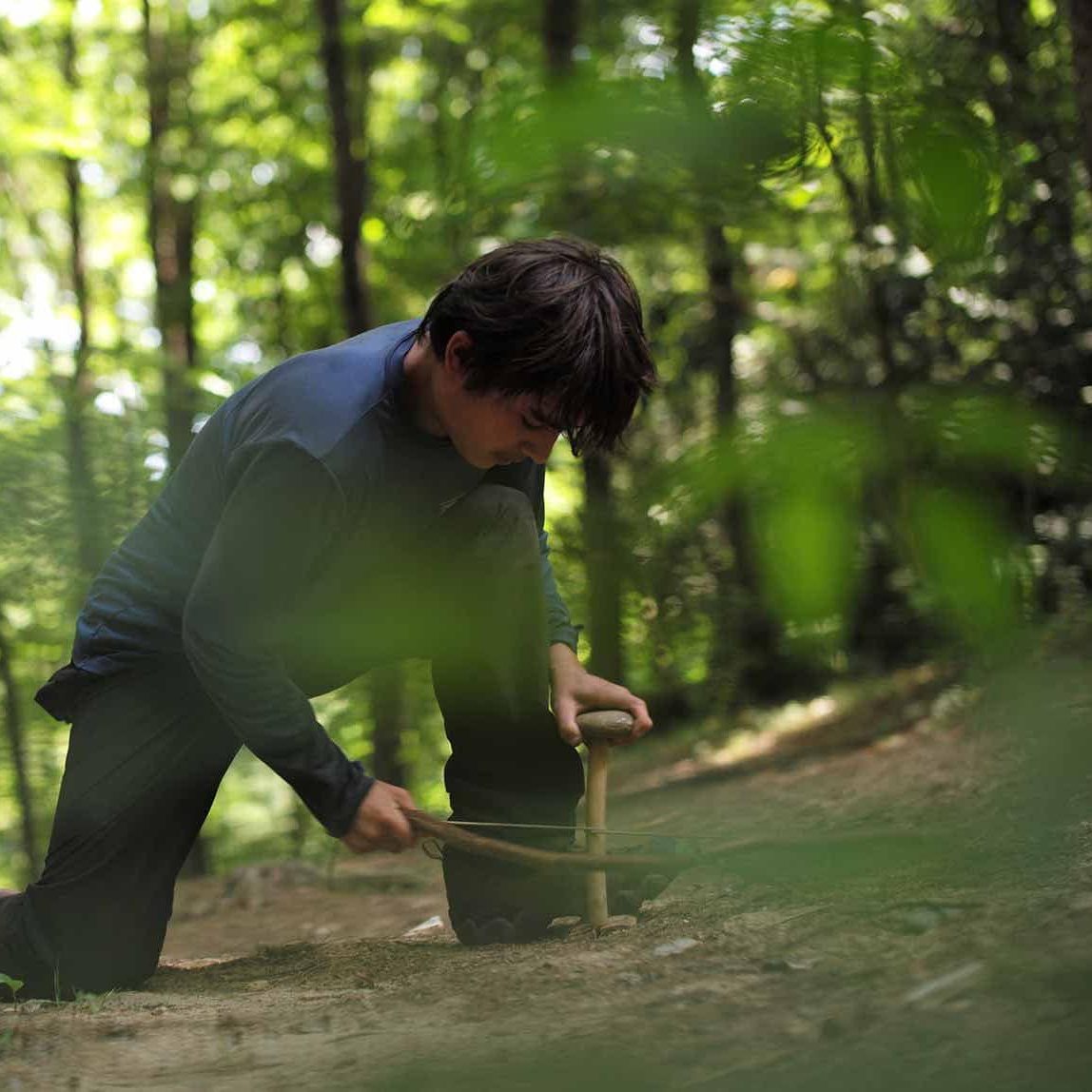
Wilderness Therapy and Nature's Healing Power
- Holistic Healing: The serene and supportive wilderness environment provides a break from the stressors of daily life and allows youth and teenagers to reconnect with nature, themselves, and their peers.
- Adventure-based Experiences: Engaging in outdoor activities like hiking and camping fosters personal growth, self-esteem, and resilience, helping students build confidence and overcome anxiety-related limitations.
- Therapeutic Wilderness Settings: Trails Carolina's experienced staff create a safe and structured environment where teens can explore their anxiety triggers, learn healthy coping mechanisms, and develop a sense of self-efficacy.
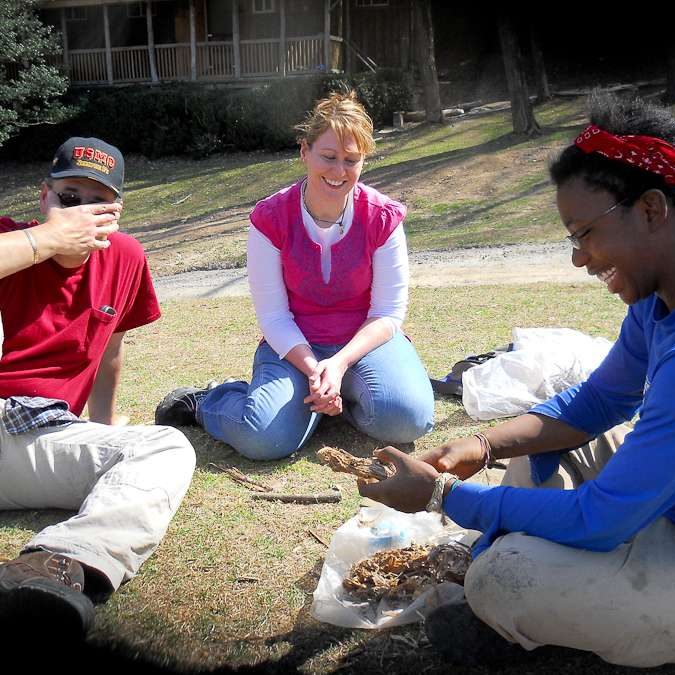
Individualized Treatment Plans for Anxiety
- Comprehensive Assessment: Trails Carolina conducts thorough evaluations to identify the specific needs and challenges of each student, ensuring personalized treatment plans tailored to their unique circumstances.
- Therapeutic Interventions: Skilled therapists employ evidence-based therapeutic modalities, including Cognitive-Behavioral Therapy (CBT), Motivational Interviewing, and other proven clinical approaches to address the underlying causes of anxiety and equip students with effective coping strategies.
- Supportive Group Dynamics: Engaging in group therapy sessions and communal living allows teenagers to gain support, build healthy relationships, and learn from peers who share similar experiences.
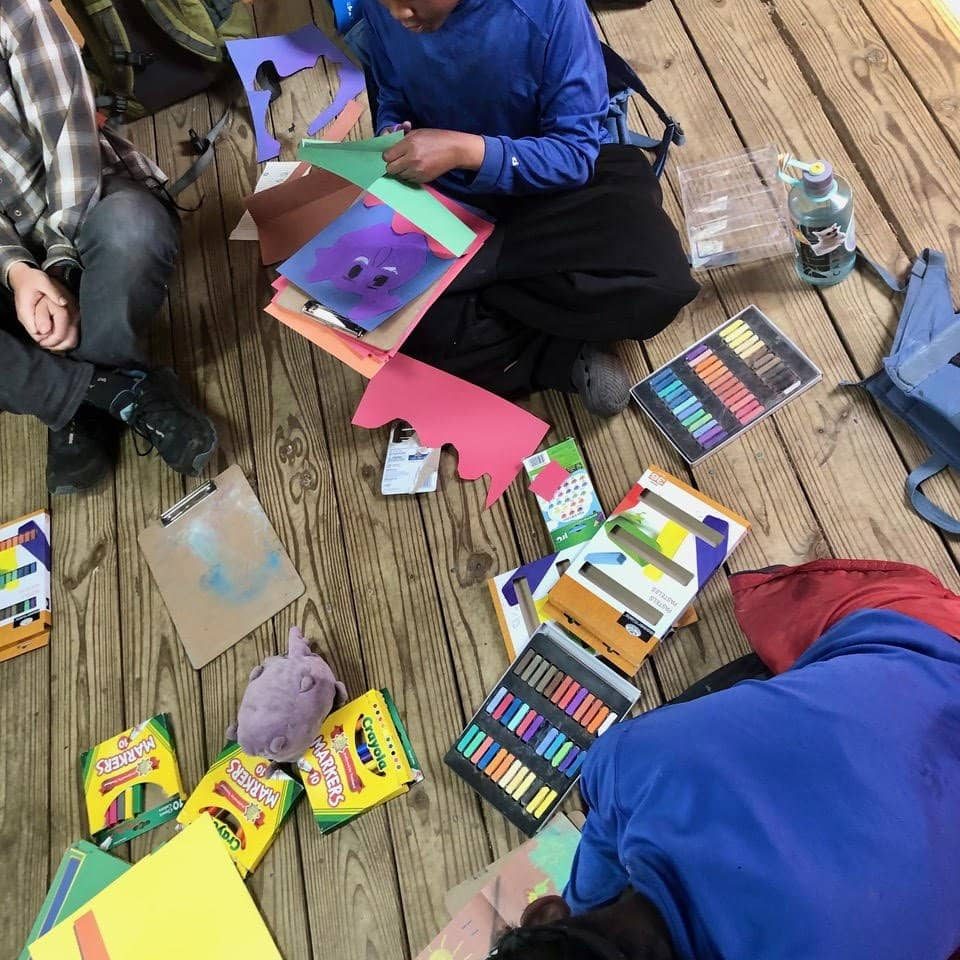
Creative Intervention Strategies for Anxiety
- Expressive Arts Therapy: Engaging in creative activities like art and outdoor activities provides an outlet for self-expression, promotes emotional healing, and helps teens explore their anxiety from different angles.
- Mindfulness and Relaxation Techniques: Trails Carolina teaches mindfulness and relaxation techniques that empower teens to manage stress, regulate emotions, and cultivate present-moment awareness, reducing anxiety symptoms.
- Life Skills Development: Teens acquire essential life skills, such as problem-solving, effective communication, and healthy decision-making, which are instrumental in managing anxiety and navigating life's challenges successfully.
Through Trails Carolina's comprehensive wilderness therapy program, children and teens with anxiety experience transformative growth, develop resilience, and gain the necessary skills to overcome their anxiety and thrive in their daily lives.
What is Anxiety?
Anxiety is a natural response to stress or perceived threats, but when it starts to interfere with an adolescent's or teenager's daily life and well-being, it becomes a significant mental health challenge.
Anxiety disorders encompass a range of conditions, including:
- generalized anxiety disorder (GAD),
- panic disorder,
- social anxiety disorder, and
- specific phobias.
These disorders are characterized by excessive worry, fear, and unease, often accompanied by physical symptoms such as restlessness, fatigue, difficulty concentrating, and sleep disturbances.
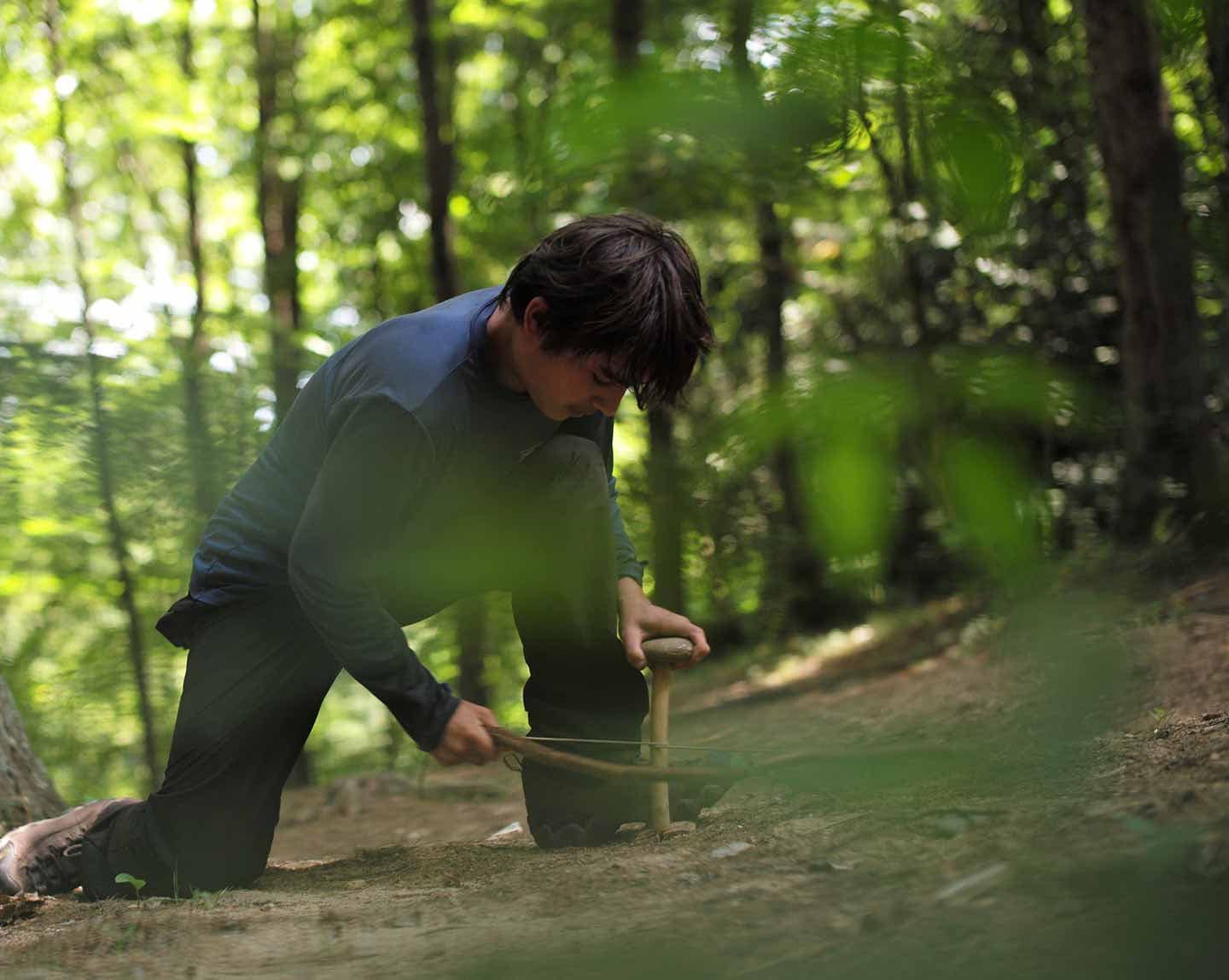
Types of Anxiety Disorders
Social Anxiety Disorder
Social Anxiety Disorder, also known as Social Phobia, is an anxiety disorder characterized by an intense and persistent fear of social situations where individuals may be exposed to potential scrutiny, judgment, or embarrassment. People with social anxiety often worry excessively about being negatively evaluated or humiliated in social settings.
- Social anxiety disorder often begins in adolescence, with the median age of onset being around 13 years old.
- Approximately 7% to 9% of children and teenagers experience social anxiety disorder during their youth.
- Fear of embarrassment or humiliation in social situations, leading to avoidance of social interactions, making friends, or participating in group activities.
- Physical symptoms like blushing, sweating, trembling, and a rapid heartbeat may accompany social anxiety.
- Difficulty speaking in front of others or engaging in conversations, particularly with unfamiliar people.
- Social withdrawal and isolation to avoid anxiety-provoking situations.
- Cognitive-Behavioral Therapy (CBT) is the gold standard treatment for social anxiety disorder. It helps individuals identify and challenge negative thought patterns, reduce avoidance behaviors, and gradually confront feared social situations.
- Exposure Therapy involves facing feared social situations in a controlled and supportive environment to desensitize the individual to their anxiety.
- Social Skills Training helps individuals develop and improve their communication and social interaction skills.
- Medication, such as selective serotonin reuptake inhibitors (SSRIs), may be prescribed in severe cases or when therapy alone is insufficient.
Generalized Anxiety Disorder (GAD)
Generalized Anxiety Disorder is a chronic and excessive worry about various aspects of life, including school performance, family issues, health concerns, friendships, and future uncertainties. The anxiety is not limited to a specific event or situation but tends to be generalized across various aspects of life.
- GAD is one of the most common anxiety disorders in children and adolescents.
- Approximately 3% to 6% of children and teenagers experience GAD at some point during their development.
- Excessive worry that feels overwhelming and uncontrollable.
- Physical symptoms like restlessness, muscle tension, headaches, and stomachaches.
- Difficulty falling asleep or staying asleep, leading to sleep disturbances.
- Heightened awareness and hypervigilance, leading to increased stress and anxiety.
- Cognitive-Behavioral Therapy (CBT) is the first-line treatment for GAD in children and teens. It helps identify and challenge irrational thoughts, and relaxation techniques are used to manage physical symptoms.
- Mindfulness-based interventions, such as Mindfulness-Based Stress Reduction (MBSR), can help individuals develop present-moment awareness and reduce anxiety.
- Medication, such as selective serotonin reuptake inhibitors (SSRIs), may be considered in severe cases or when therapy alone is insufficient.
Panic Disorder
Panic Disorder is characterized by recurrent and unexpected panic attacks, which are sudden surges of intense fear that peak within a few minutes. These panic attacks are often accompanied by physical sensations such as a racing heart, shortness of breath, trembling, and a sense of impending doom.
- Panic disorder is less common in children and teens compared to some other anxiety disorders.
- The prevalence of panic disorder in children and adolescents is estimated to be around 1% to 2%.
- Sudden and overwhelming fear during panic attacks, which may be triggered by specific situations or occur unexpectedly.
- Fear of having another panic attack can lead to the development of agoraphobia, where individuals avoid places or situations where escape might be difficult.
- Cognitive-Behavioral Therapy (CBT) with a focus on Panic Control Treatment is the recommended treatment for panic disorder in children and teens. It helps individuals confront and manage their fears and panic symptoms.
- Exposure Therapy is used to gradually expose individuals to panic triggers in a safe environment, helping them learn that their fear response diminishes over time.
- Medication, such as selective serotonin reuptake inhibitors (SSRIs) or benzodiazepines, may be prescribed to reduce the frequency and severity of panic attacks.
Specific Phobias
Specific Phobias involve extreme and irrational fears of specific objects, animals, or situations. These fears can cause significant distress and impairment in daily life.
- Specific phobias are the most common anxiety disorders in children and adolescents.
- Up to 20% of young people experience specific phobias at some point during their childhood or adolescence.
- Avoidance of encountering the feared object or situation at all costs.
- Experiencing excessive anxiety that is disproportionate to the actual threat posed by the phobia.
- Exposure Therapy is the primary treatment for specific phobias in children and teens. It involves gradually and safely exposing individuals to the feared object or situation, allowing them to learn that their fear response diminishes over time.
- Cognitive techniques are used to challenge irrational beliefs related to the phobia.
- Medication is not typically used as a first-line treatment for specific phobias in children, but it may be considered in severe cases or when therapy alone is insufficient.
Addressing anxiety disorders in children and teens requires a personalized and comprehensive approach, and seeking professional help early on is essential to effectively manage symptoms and improve overall well-being. Trails Carolina's wilderness therapy program offers individualized treatment plans and therapeutic interventions to support young individuals on their journey toward healing and resilience.
What Causes Anxiety in Teens and Children?
Anxiety in teens and children can have multiple underlying causes, influenced by biological, environmental, and psychological factors.
It's important to note that each individual's experience with anxiety is unique, and a combination of these factors can contribute to the development of anxiety disorders in teens and children.
Understanding these causes is essential for effective treatment and support. Identifying the specific causes and triggers for each young individual is crucial in tailoring effective treatment approaches and providing appropriate support to help them navigate their anxiety and lead fulfilling lives.
Here are some common factors that contribute to anxiety in young individuals:
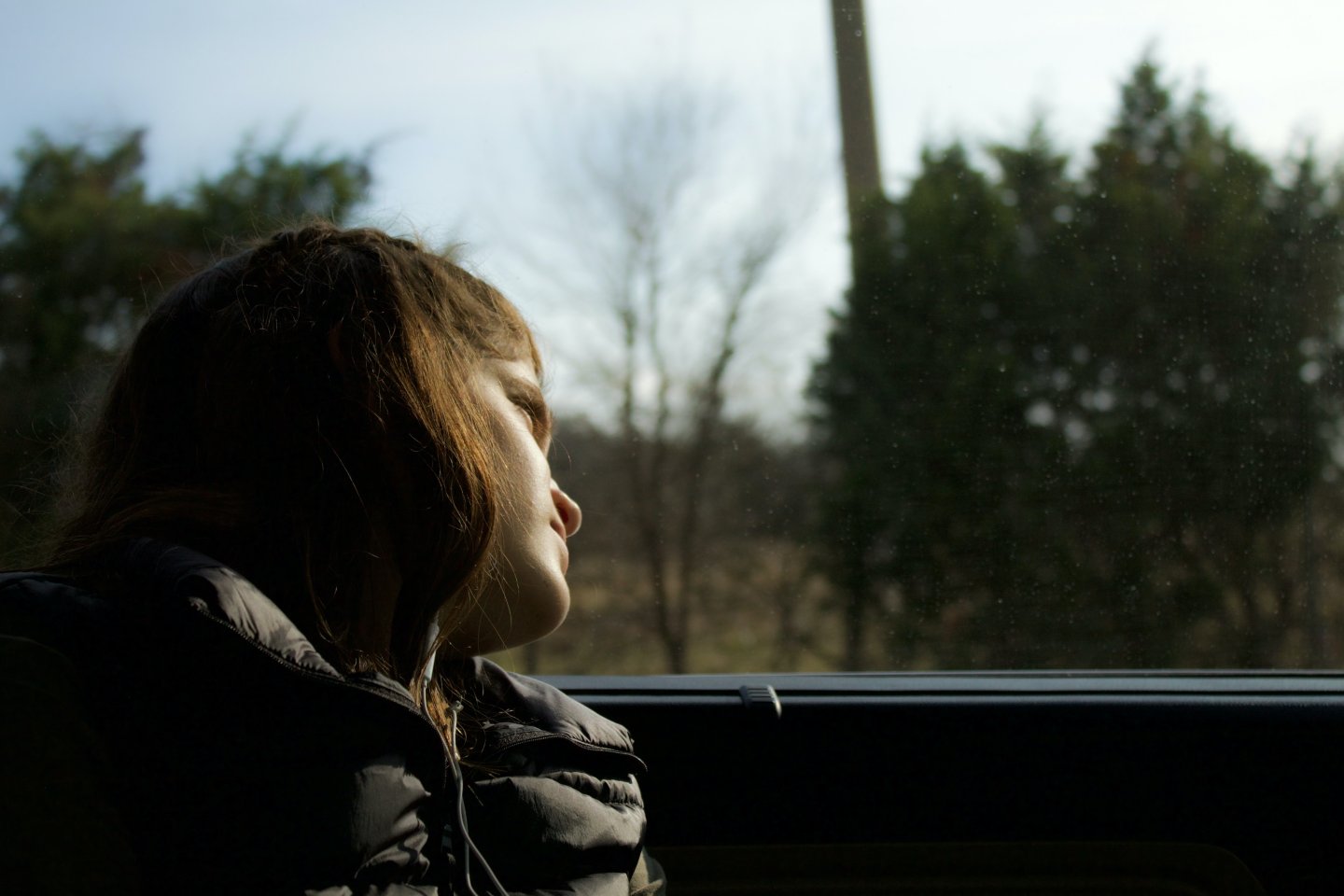
Genetics and Anxiety
Family History: A significant factor in anxiety development is a family history of anxiety disorders or related mental health conditions. If a parent or close family member has experienced anxiety, the risk of anxiety in children and teens may be higher.
Environmental Factors and Anxiety
Stressful Life Events: Difficult life events such as the loss of a loved one, parental divorce, relocation, or academic pressure can trigger anxiety in vulnerable individuals.
Trauma: Exposure to traumatic events, such as abuse, violence, or natural disasters, can lead to heightened anxiety and emotional distress.
Significant Life Changes: Major life transitions, such as changing schools, moving to a new city, or starting adolescence, can evoke feelings of uncertainty and anxiety.
Brain Chemistry and Anxiety
Neurotransmitter Imbalance: Anxiety disorders can be linked to imbalances in brain chemicals, particularly neurotransmitters like serotonin, dopamine, and norepinephrine, which play a role in regulating mood and emotions.
Personality and Anxiety
High Neuroticism: Teens and children with high levels of neuroticism may be more prone to anxiety. Neuroticism refers to a personality trait characterized by a tendency to experience negative emotions and perceive situations as threatening or dangerous.
Short and Long-Term Effects of Anxiety in Teens
Untreated anxiety in teenagers can have significant short and long-term effects on their well-being. Some of the consequences of unmanaged anxiety include:
Short-term effects:
- Academic performance: Anxiety can hinder concentration, memory, and cognitive abilities, leading to lower academic achievement.
- Social relationships: Teens with anxiety often struggle with forming and maintaining healthy relationships, as their worries and fears can create barriers to social interaction.
- Physical health: Anxiety can manifest in physical symptoms, such as headaches, stomachaches, muscle tension, and increased susceptibility to illnesses due to a weakened immune system.
- Emotional well-being: Anxiety can lead to feelings of sadness, low self-esteem, irritability, and a general sense of unease and unhappiness.
Long-term effects:
- Developmental impact: Prolonged anxiety during adolescence can disrupt healthy emotional and cognitive development, potentially leading to long-lasting difficulties in adulthood.
- Risk of comorbidity: Untreated anxiety in teens can increase the risk of developing other mental health conditions, such as depression, substance abuse, and eating disorders.
- Impaired decision-making: Chronic anxiety can impair a teenager's ability to make sound decisions and cope effectively with life stressors.
- Lowered quality of life: Anxiety can significantly diminish a teenager's overall quality of life, limiting their experiences and opportunities for growth and fulfillment.
Understanding the potential consequences of untreated anxiety underscores the importance of seeking appropriate and effective treatment for teenagers struggling with anxiety.
How To Recognize Anxiety In Your Child:
Recognizing anxiety in your child is essential for early intervention and support. Here are some signs that parents can look out for:
- Excessive worry: Frequent and intense worrying about various aspects of life, such as school performance, social interactions, and personal safety.
- Physical symptoms: Complaints of headaches, stomachaches, muscle tension, or fatigue without an apparent medical cause.
- Avoidance behavior: Avoiding certain situations, such as social gatherings or school activities, due to fear or anxiety.
- Changes in behavior: Sudden changes in mood, irritability, agitation, or withdrawal from previously enjoyed activities.
- Sleep disturbances: Difficulty falling asleep, staying asleep, or experiencing nightmares.
- Academic struggles: Decline in academic performance, difficulty concentrating, or perfectionistic tendencies.
- Physical restlessness: Fidgeting, restlessness, or an inability to sit still for extended periods.
If you notice several of these signs persisting for an extended period, it may be indicative of an anxiety disorder. In such cases, seeking professional help and considering a comprehensive treatment approach like wilderness therapy can be highly beneficial.
By combining the healing power of nature, evidence-based therapeutic interventions, and creative strategies, Trails Carolina offers a path to healing for children and teenagers struggling with anxiety, guiding them toward a brighter and more resilient future.
Get started today
Contact us today to learn how Trails Carolina can help your family
Trails saved my daughter’s life. Amanda is an amazing human and a brilliant therapist. I am so grateful to her, Science Steve, and the other wonderful people who could reach my daughter at a time when I could not.
Margot Lowman August 2022
Great life changing experience for our son. After becoming addicted to gaming during covid he was very depressed. At Trails he experienced the wilderness, Science Steve, learning survival skills and top notch therapy and support etc… I highly recommend! This gave our son and our family a renewed family bond full of love and excitement about his bright future.
Winnifred Wilson July 2022
Outstanding clinical work and superb staff! There’s a great culture at this company and it shows with how they engage with families/clients.
Kristin Brace June 2022
